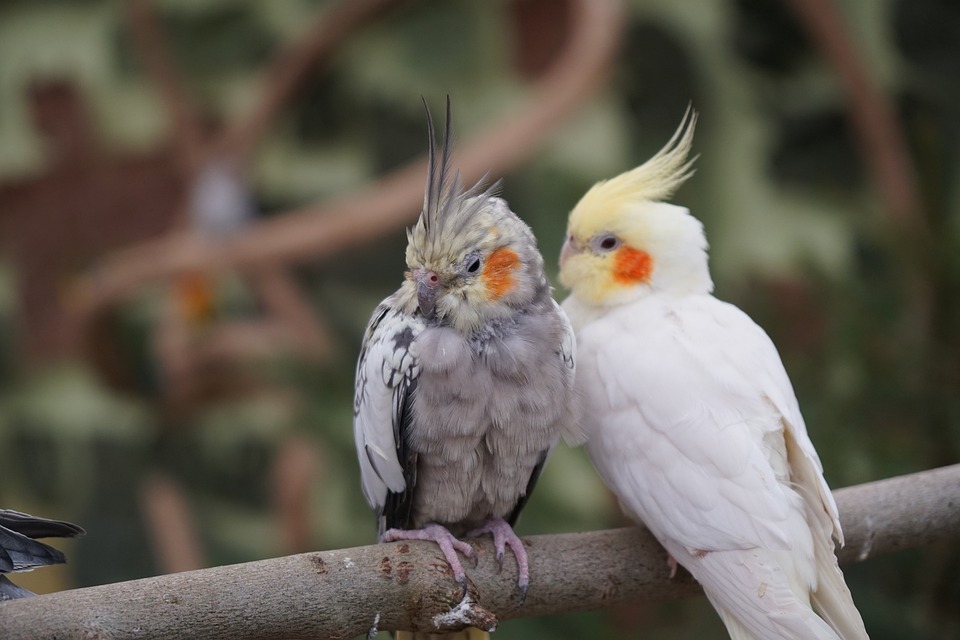Parrot training is essential for the overall well-being of these intelligent creatures. One of the most engaging and stimulating exercises for parrots is target flying. Target flying exercises provide mental stimulation, physical exercise, and a bonding opportunity for both parrot and owner. In this comprehensive guide, we will explore the benefits of target flying exercises for parrots and provide valuable tips and techniques to encourage your feathered friend to participate in this activity. We will also address some frequently asked questions about parrot training and target flying.
Target flying exercises offer numerous benefits for parrots. Firstly, they provide mental stimulation by engaging the parrot’s cognitive abilities. These exercises promote problem-solving skills, enhance focus and attention span, and keep the parrot’s mind sharp and active. Secondly, target flying exercises offer physical exercise for parrots. They boost wing and core muscle strength, improve coordination and balance, and provide an outlet for excess energy, which can prevent behavioral issues caused by boredom or pent-up energy. Lastly, target flying exercises create a bonding opportunity between parrot and owner. They strengthen the bond, build trust, and establish a mutual understanding between the two.
To encourage parrots to participate in target flying exercises, there are several techniques that can be employed. Firstly, introducing the target stick is crucial. Choose a lightweight and colorful target stick that will attract your parrot’s attention. Gradually introduce the stick into your parrot’s environment and use positive reinforcement to associate the stick with rewards, such as treats or verbal praise. This will help your parrot develop a positive association with the target stick.
Shaping behavior is another effective technique. Start with simple steps, such as targeting the stick with the beak, and reward each successful interaction with treats or verbal praise. Gradually increase the difficulty by incorporating flying movements, such as flying to the target stick from a short distance. This progressive training approach will ensure that your parrot is consistently challenged and motivated to participate.
Creating a safe environment is crucial for successful target flying exercises. Clear any obstacles or hazards from the training area to prevent accidents or injuries. Ensure that there is sufficient space for the parrot to fly comfortably without any obstructions. Use positive reinforcement to guide the parrot away from potential dangers and redirect their attention towards the target stick.
Establishing a routine is essential for consistent training. Set a regular training schedule to promote consistency and keep training sessions short and enjoyable. Gradually increase the duration and complexity of exercises as your parrot becomes more comfortable and proficient in target flying.
Incorporating variety into target flying exercises is important to maintain the parrot’s interest and engagement. Introduce different target stick designs or colors to keep the activity stimulating and exciting for your parrot. Vary the training exercises, such as changing the distance or height of the target stick, to prevent boredom and ensure continued progress. Additionally, if safe and suitable, incorporate outdoor target flying sessions to provide a change of scenery and additional environmental stimulation for your parrot.
Now, let’s address some frequently asked questions about target flying exercises for parrots. The time required to train a parrot for target flying exercises varies based on the individual parrot’s personality, previous training experience, and the consistency of training sessions. It can take anywhere from a few weeks to several months to see significant progress.
Target flying exercises are suitable for most parrot species, including African Greys, Amazon Parrots, Cockatoos, and Budgerigars. However, it is important to consider the physical capabilities and limitations of your specific parrot. Some parrot species may require modifications or adaptations to the exercises to ensure their safety and comfort.
Safety precautions should always be kept in mind during target flying exercises. Ensure a controlled environment, free from potential hazards. If necessary, trim your parrot’s flight feathers to prevent them from flying into dangerous areas. Gradually introduce outdoor flying exercises in a safe and enclosed area to minimize the risk of your parrot escaping or encountering predators.
Training sessions should be conducted regularly, ideally several times a week. However, the frequency can be adjusted based on your parrot’s interest and progress. It is important to find a balance between providing enough stimulation and avoiding overexertion or burnout.
While target flying exercises may indirectly help with some behavioral issues by providing an outlet for energy and reducing boredom, specific behavioral issues should be addressed through targeted behavioral training techniques. Consult an avian behaviorist or an experienced parrot trainer for guidance if you are facing specific behavioral challenges with your parrot.
In conclusion, target flying exercises are an excellent way to engage and stimulate your parrot’s mind and body. By following the tips and techniques outlined in this comprehensive guide, you can encourage your parrot to participate in this enjoyable and beneficial activity. Remember to prioritize safety and tailor the training to suit your parrot’s individual needs and capabilities. With patience, consistency, and positive reinforcement, you can have a happy and well-trained parrot that enjoys target flying exercises. Happy training!









